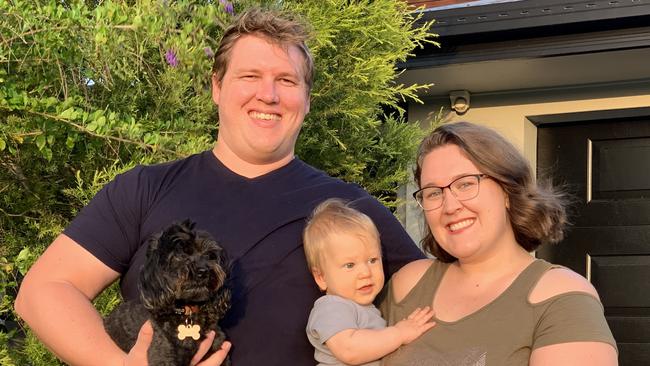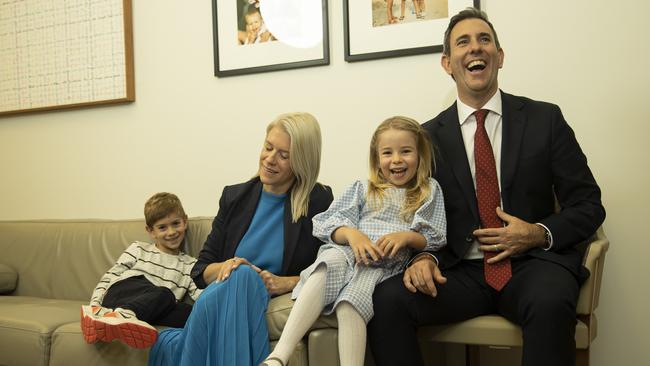Mackay’s Kovac family welcome paid parental leave extension in 2022-23 federal budget
Extending paid parental leave to six months is one of the star policies in Treasurer Jim Chalmers’ first budget and for one new Mackay family it ‘definitely’ makes family formation an easier decision.
Business
Don't miss out on the headlines from Business. Followed categories will be added to My News.
For Mackay’s Daniel and Aimee Kovac, the budget announcement of six months paid parental leave is a “fantastic” development in their journey as a new family.
“When I read about it I was very happy,” Daniel said.
“I think any additional time to help couples and single parents is very welcome.”
Daniel, 31, works as an accountant and Aimee, 30, works as a nurse at Mackay Base Hospital.
The couple welcomed Eric, their first child, on December 31, 2021.
Aimee has been on leave since then and Daniel took six weeks leave, two weeks from an office closure scheduled over Christmas, two through parental leave and two through annual leave.
For Aimee, splitting the 26 weeks between carers was the most attractive feature.

“Two weeks just is not enough to have Daniel home,” she said.
Treasurer Jim Chalmers has committed $531m over the next four years to progressively extend parental leave from its current baseline of 18 weeks to 26 weeks by 2026, a measure he argues will lift productivity and gender equality.
“For two parent families, a portion of this leave will be reserved for each parent – to encourage families to share caring responsibilities,” he said in his budget speech.
“Again, this goes beyond taking a bit of pressure off household budgets.
“This is about greater equality and greater security for Australian women – and more dads doing their bit.
“It is about participation and productivity and that’s what makes it economic reform.”
The scheme is expected to cost $619m each year following.
Single parents can use up the full 26 weeks.

For the Kovacs, the policy makes having another child an easier decision.
“I still think it helps for having the second one (child) because you are still caring for your first one, while still dealing with new challenges that might not necessarily be the same, so I think for both (first-time parents and established parents) it is definitely worth it,” Aimee said.
“Just having the support at home is really good.”
Alongside parental leave, the budget includes a range of measures to ease the burden on families.
Labor will increase the maximum child care subsidy rate to 90 per cent for all families for the first child in care and increase subsidies for every family earning less than $530,000 in household income.
The government will spend $4.7bn over the next four years and $1.7bn per year each year after that on its plan.
The government will also spend $10.8m on an investigation by the Australian Competition and Consumer Commission into spiralling prices in the childcare sector.





